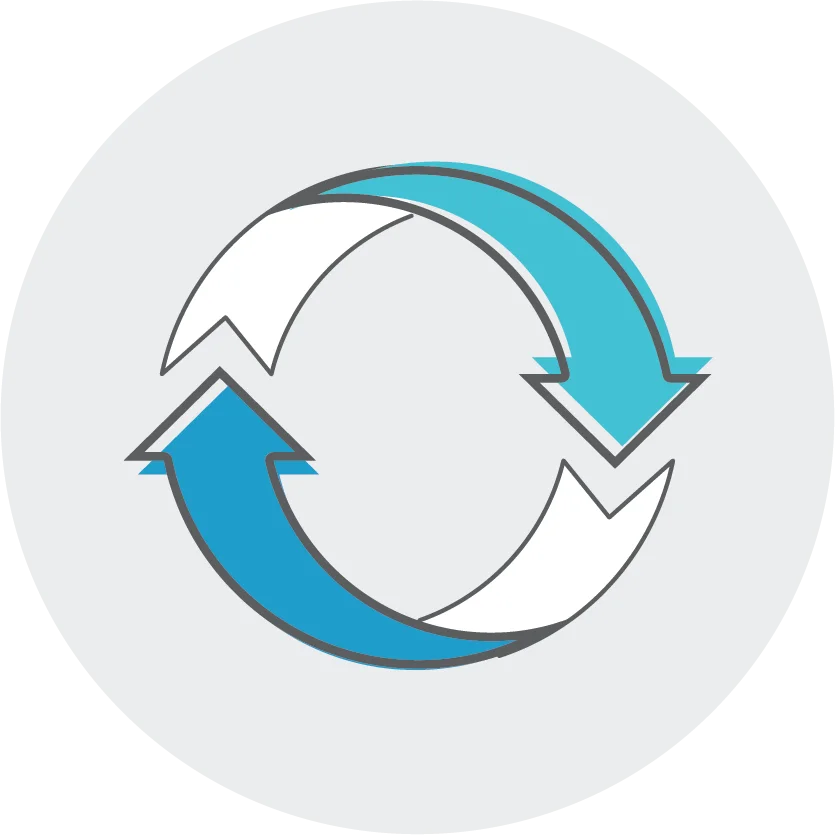Contact Us:
1-800-24-RATESBuy a Home
Build Home
Refinance
VA Loans
Featured Resources

Loan Payment Calculator
Looking to understand how much your monthly mortgage loan payment will be?

Refinance Calculator
Calculate potential savings by comparing your current loan to one with new terms.
Rates
Blog
Education Webinars
Real Estate Agent Resources

Join Our Team
If you’re looking to grow in your career, Mutual of Omaha Mortgage can provide that opportunity.

Diversity, Equity & Inclusion
We’re building an inclusive culture and taking action to ensure equity in our business practices.

100-Year-Old Legacy
Since 1909, Mutual of Omaha has been committed to listening to our customers and helping them through life’s transitions.
Search
What would you like to search for?
Find a Loan Officer
What would you like to do?
Mutual of Omaha Mortgage, Inc., NMLS ID 1025894. 3131 Camino Del Rio N 1100, San Diego, CA 92108. Alabama Consumer Credit License 22123; Alaska Broker/Lender License AK1025894. Arizona Mortgage Banker License 0926603; Arkansas Combination Mortgage Banker/Broker/Servicer License 109250; Licensed by the Department of Financial Protection & Innovation under the California Residential Mortgage Lending Act, License 4131356; Colorado Mortgage Registration 1025894; Connecticut Mortgage Lender License ML-1025894; Delaware Lender License 028515; District of Columbia Mortgage Dual Authority License MLB1025894; Florida Mortgage Lender Servicer License MLD1827; Georgia Mortgage Lender License/Registration 46648; Hawaii Mortgage Loan Originator Company License HI-1025894; Idaho Mortgage Broker/Lender License MBL-2081025894; Illinois Residential Mortgage Licensee MB.6761115 IDFPR-Residential Mortgage Banking, 555 West Monroe Street, Suite 500 Chicago, IL 60661, Tel: (844) 768-1713; Indiana-DFI Mortgage Lending License 43321; Iowa Mortgage Banker License 2019-0119; Kansas Mortgage Company License MC.0025612; Kentucky Mortgage Company License MC707287; Louisiana Residential Mortgage Lending License 1025894; Maine Supervised Lender License 1025894; Maryland Mortgage Lender License 21678; Massachusetts Mortgage Broker and Lender License MC1025894; Michigan 1st Mortgage Broker/Lender/Servicer Registrant FR0022702; Minnesota Residential Mortgage Originator Exemption MN-OX-1025894; Mississippi Mortgage Lender 1025894; Missouri Mortgage Company License 21-2472; Montana Mortgage Broker and Lender License 1025894; Nebraska Mortgage Banker License 1025894; Nevada Exempt Company Registration 4830. Licensed by the New Hampshire Banking Department, Mortgage Banker License 19926-MB; Licensed by the New Jersey Banking and Insurance Department. New Jersey Residential Mortgage Lender License 1025894; New Mexico Mortgage Loan Company License 1025894; North Carolina Mortgage Lender License L-186305; North Dakota Money Broker License MB103387; Ohio Residential Mortgage Lending Act Certificate of Registration RM.804535.000; Oklahoma Mortgage Lender License ML012498; Oregon Mortgage Lending License ML- 5208; Pennsylvania Mortgage Lender License 72932; Rhode Island Lender License 20163229LL. Rhode Island Loan Broker License 20163230LB; South Carolina BFI Mortgage Lender/Servicer License MLS-1025894; South Dakota Mortgage Lender License ML.05253; Tennessee Mortgage License 190182; Texas Mortgage Banker Registration 1025894; Utah Mortgage Entity License 8928021; Vermont Lender License 6891; Virginia Mortgage Broker and Lender License, NMLS ID #1025894 (www.nmlsconsumeraccess.org); Washington Consumer Loan Company License CL-1025894; Wisconsin Mortgage Banker License 1025894BA; Wyoming Mortgage Lender/Broker License 3488. Toll Free #: (877) 978-1922. Subject to Credit Approval. For licensing information, go to: www.nmlsconsumeraccess.org

© 2025 Mutual of Omaha Mortgage, Inc. All rights reserved.
